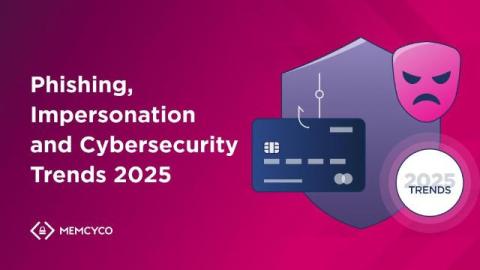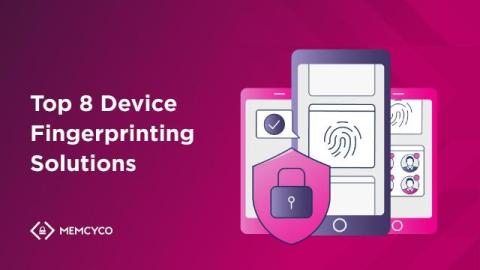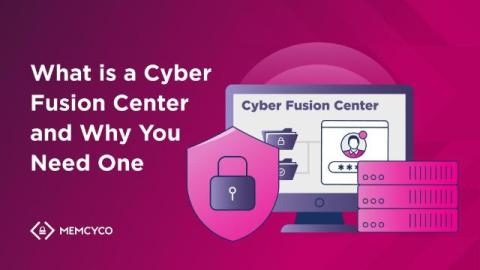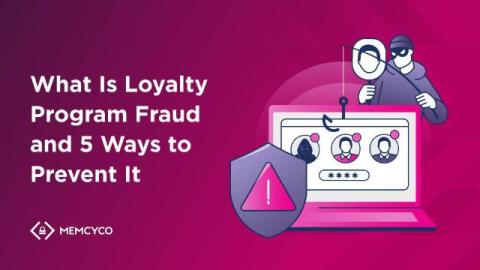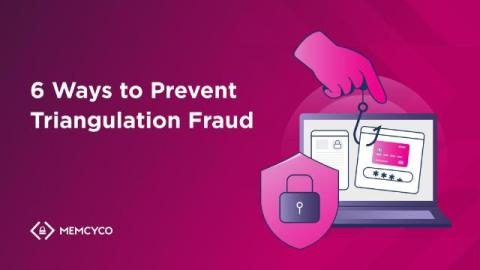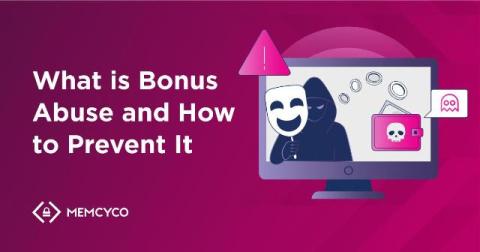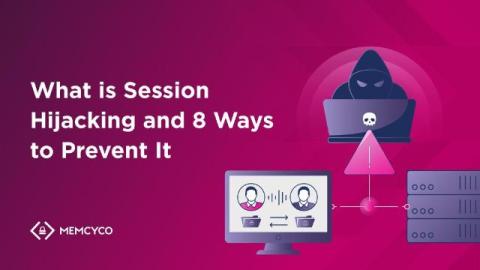Phishing, Impersonation and Cybersecurity Trends 2025
As scam-prone enterprises know, innovations in digital technologies raise the specter of phishing-related brand impersonation scams as much as they help mitigate it. Take rogue Generative AI tools like Fraud GPT and ‘Phishing-as-a-Service’ as just two examples of how fraudsters are co-opting new technologies as part of customer account takeover (ATO) schemes.


